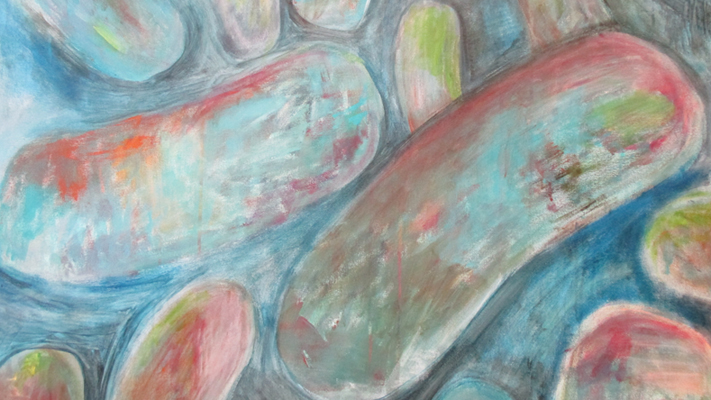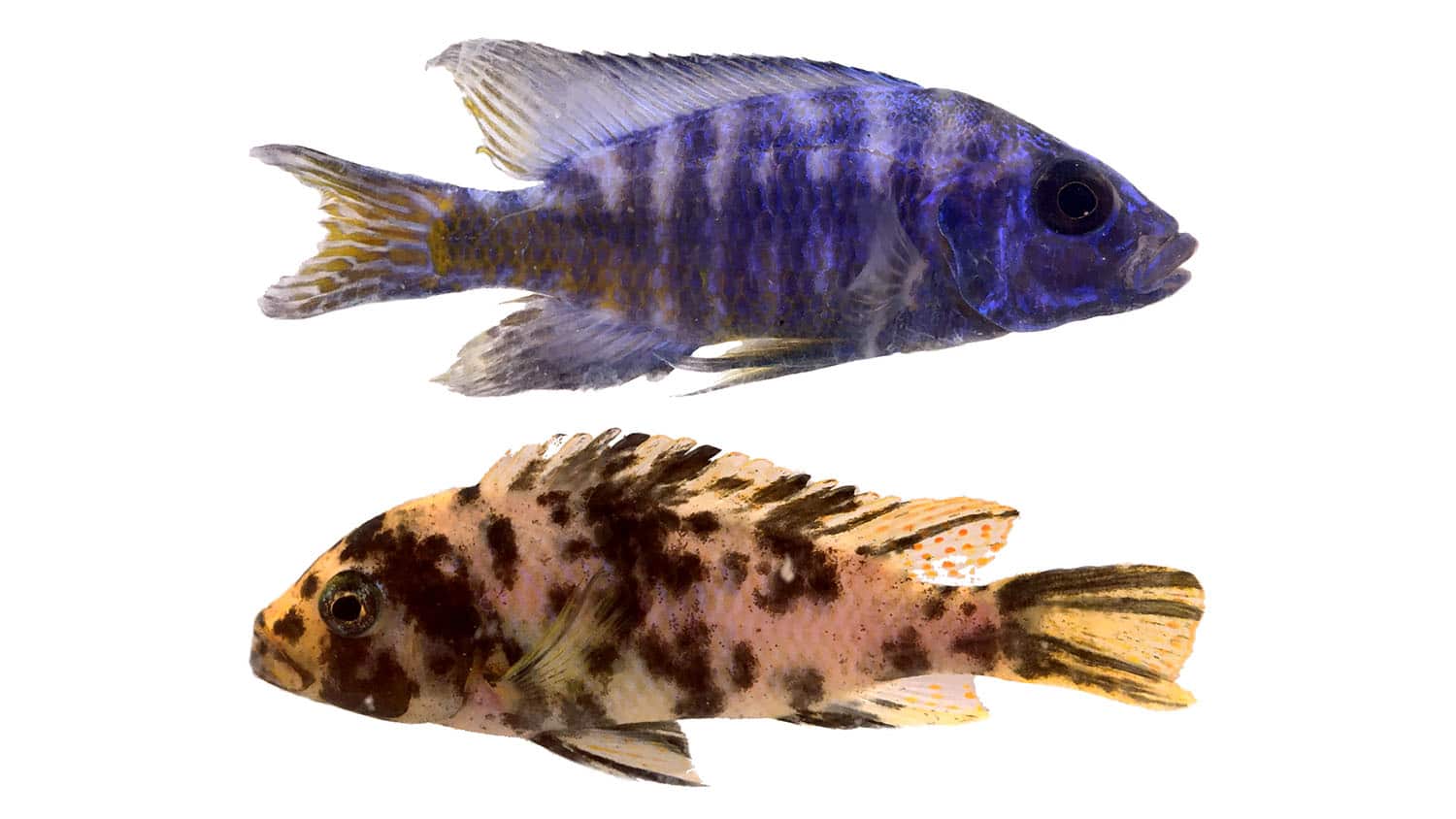Lachnospiraceae Could Be Key to Successful Fecal Transplants

For Immediate Release
Fecal microbiota transplants, or FMTs, are a magic bullet for patients with recurring infections from Clostridioides difficile (C. diff), but researchers are only beginning to understand why. A new in-depth study of pre- and post-transplant microbiomes shows that FMTs result in an increase of bacteria that inhabit the same niche within the gut as C. diff, but without the negative consequences. The work could be an important step toward isolating more targeted treatments for patients with recurrent C. diff infections.
“Fecal transplants from healthy donors are able to treat patients with recurrent C. diff sometimes very quickly – they save lives,” says Casey Theriot, professor of infectious disease at North Carolina State University and corresponding author of the study. “But FMTs are not standardized and may have unknown long-term health consequences, so we need to move toward more targeted therapies. To that end, we looked at FMT recipients’ microbiome and metabolome, or small molecules inside the gut, to see how FMTs change that environment.”
Theriot and colleagues at NC State and the University of North Carolina at Chapel Hill used metagenomics and a sophisticated metabolomic platform called LC-IMS-MS to examine the stool microbiota and metabolome of 15 patients before and after FMTs. The microbiota refers to bacteria and their genetic information, while the metabolome refers to small molecules such as lipids, bile acids and amino acids.
The analysis found that the pre-transplant microbiota was composed primarily of Enterobacteriaceae, a group of bacteria with genes that make them antibiotic resistant. Post-transplant samples showed a decrease in Enterobacteriaceae and an increase in Lachnospiraceae, a group of bacteria which contain enzymes called bile salt hydrolases (BSHs) that allow them to alter bile acids.
Bile acids are key players in gut health, having a hand in everything from controlling cholesterol to dictating what kinds of bacteria can inhabit the gut. BSHs alter bile acids by separating or attaching – conjugating or reconjugating – them from attached amino acids, allowing other bacteria to further transform the bile acids as they continue through the colon. These transformations affect the bile acids’ toxicity, which in turn affects the ability of different bacteria to survive in the gut.
“Lachnospiraceae and C. diff may eat the same things and occupy the same niche in the gut microbiome, but Lachnospiraceae don’t produce the toxin that C. diff does,” Theriot says.
“We think the increase in Lachnospiraceae post-transplant has the effect of out-competing C. diff for resources and, through their ability to alter bile acids, creating an environment that is favorable for other good bacteria to live in. But now we have to prove this.”
The researchers identified multiple BSHs from Lachnospiraceae strains associated with microbial conjugated bile acids, and their next steps include looking at the different genomes of these strains to understand their role in the gut microbiome and bile acid metabolism.
“This is one of the first studies to show that microbial conjugated bile acids increase post-FMT,” Theriot says. “The evidence points toward Lachnospiraceae driving this surge, especially with secondary bile acids. So if we can isolate and define what each strain does in the gut then we may be able to use them in targeted therapies for recurrent C. diff infections and move away from FMTs.”
The work appears in mSphere and was supported by the National Institutes of Health (grants T32 DK007634, R35GM119438 and R35GM149222); the National Institute of Environmental Health Sciences (P42 ES027704), the National Institute of General Medical Sciences (R01 GM141277 and RM1 GM145416), and a cooperative agreement with the Environmental Protection Agency (STAR RD 84003201). Former NC State Ph.D. student Sam McMillan is first author. Postdoctoral fellow Guozhi Zhang, Associate Professor of Chemistry Erin Baker, and Drs. Michael Dougherty, Sarah McGill and Anjay Gulati of UNC-CH also contributed to the work. Zhang and Baker developed the LC-IMS-MS platform used in the work.
-peake-
Note to editors: an abstract follows.
“Metagenomic, metabolomic, and lipidomic shifts associated with fecal microbiota transplantation for recurrent Clostridioides difficile infection”
Authors: Arthur S McMillan, Casey M. Theriot, North Carolina State University; Guozhi Zhang, Michael K Dougherty, Sarah K McGill, Ajay S Gulati, Erin S Baker, University of North Carolina Chapel Hill
Published: Oct. 8, 2024 in mSphere
Abstract:
Recurrent C. difficile infection (rCDI) is an urgent public health threat for which the last resort and lifesaving treatment is a fecal microbiota transplant (FMT). However, the exact mechanisms which mediate a successful FMT are not well understood. Here we use longitudinal stool samples collected from patients undergoing FMT to evaluate intra-individual changes in the microbiome, metabolome, and lipidome after successful FMTs relative to their baselines pre-FMT. We show changes in the abundance of many lipids, specifically a decrease in acylcarnitines post-FMT, and a shift from conjugated bile acids pre-FMT to deconjugated secondary bile acids post-FMT. These changes correlate with a decrease in Enterobacteriaceae, which encode carnitine metabolism genes, and an increase in Lachnospiraceae, which encode bile acid altering genes such as bile salt hydrolases (BSHs) and the bile acid inducible (bai) operon, post-FMT. We also show changes in gut microbe encoded amino acid biosynthesis genes, of which Enterobacteriaceae was the primary contributor to amino acids C. difficile is auxotrophic for. LC-IMS-MS revealed a shift from microbial conjugation of primary bile acids pre-FMT to secondary bile acids post-FMT. Here we define the structural and functional changes associated with a successful FMT and generate hypotheses that require further experimental validation. This information is meant to help guide the development of new microbiota focused therapeutics to treat rCDI.


